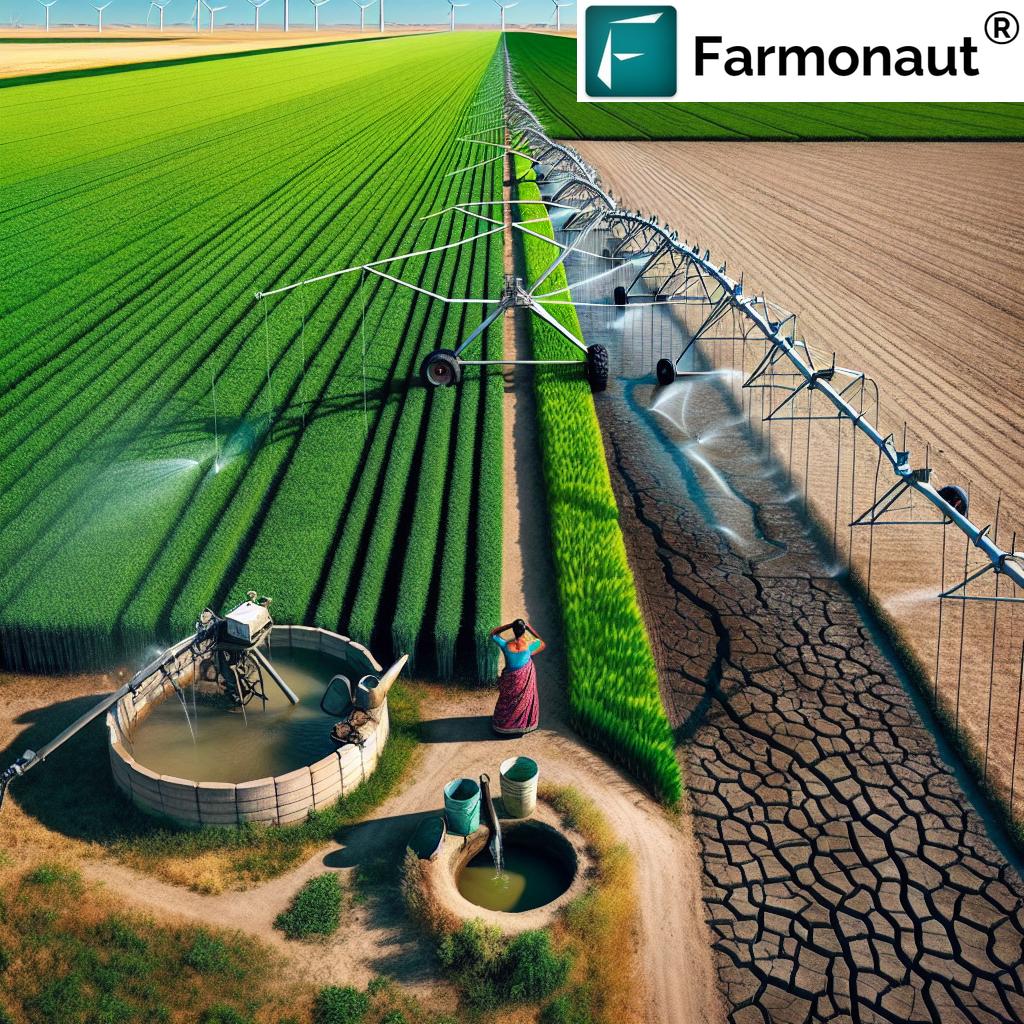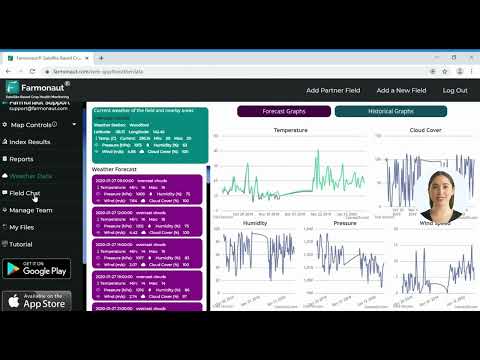Kansas Water Crisis: Sustainable Solutions for Agriculture and Irrigation in Western Counties
“Kansas groundwater levels have declined by up to 60% in some areas due to unsustainable irrigation practices.”
As we delve into the complex issue of Kansas water management, it’s crucial to understand the gravity of the situation facing our state. The recent snowfall has provided a temporary reprieve, but the long-term challenges of our water crisis persist, particularly in Western Kansas. In this comprehensive exploration, we’ll examine the intricacies of our state’s water policies, with a focus on sustainable solutions for agriculture and irrigation.
The Current State of Kansas Water Resources
Kansas, known for its vast agricultural lands, is grappling with a severe water crisis. The combination of drought conditions in Kansas and unsustainable irrigation practices has led to a significant decline in our groundwater levels. This issue is particularly acute in the western counties, where agriculture is a cornerstone of the local economy.

The recent increase in snowfall has offered some relief, temporarily alleviating drought conditions. However, this short-term respite doesn’t address the underlying issues that have been years in the making. Our state’s water supply remains under threat, and the need for sustainable water management practices has never been more urgent.
The Impact of Agriculture on Water Resources
Agriculture plays a pivotal role in Kansas’s economy, but it’s also the largest consumer of our water resources. A staggering 83-84% of the state’s water use is allocated to agriculture and irrigation. This extensive use contributes significantly to declining water levels, as noted by Earl Lewis, who heads the Department of Agriculture’s Division of Water Resources.
The dramatic reduction in river water levels over the years is a testament to the impact of numerous irrigation systems drawing vast quantities of water daily. This situation underscores the need for a balance between agricultural productivity and sustainable water use.
Challenges in Current Water Management Policies
One of the most controversial aspects of Kansas irrigation policies is the “use it or lose it” approach to water permits. This policy has been criticized for encouraging farmers to use their full water allocation, even when it may not be necessary, to avoid losing their water rights.
While state officials claim that this policy is largely a myth due to a 2012 legal change introducing Multi-Year Flex Accounts, concerns remain about its effectiveness in promoting water conservation. The challenge lies in creating policies that allow for flexible water usage while ensuring the long-term sustainability of our water resources.
The Role of Technology in Water Conservation
As we seek solutions to our water crisis, technology emerges as a powerful ally. Innovative platforms like Farmonaut offer advanced, satellite-based farm management solutions that can significantly contribute to water conservation efforts.

Farmonaut’s satellite-based crop health monitoring system provides farmers with real-time insights into vegetation health and soil moisture levels. This data-driven approach allows for more precise irrigation, reducing water waste and optimizing crop yields. By leveraging such technologies, Kansas farmers can make informed decisions about water usage, contributing to the overall goal of sustainable water management.
Sustainable Solutions for Kansas Agriculture
Addressing the Kansas water crisis requires a multi-faceted approach. Here are some key strategies that can contribute to a more sustainable future for our state’s water resources:
- Precision Irrigation: Implementing advanced irrigation systems that use real-time data to optimize water usage.
- Crop Diversification: Encouraging the cultivation of drought-resistant crops that require less water.
- Water Rights Reform: Revisiting and reforming water rights policies to promote conservation without penalizing farmers.
- Aquifer Recharge: Investing in projects to replenish groundwater resources.
- Education and Outreach: Providing farmers with the knowledge and tools to implement water-saving practices.
“Over 85% of Kansas’s water use is attributed to agriculture, highlighting the sector’s significant impact on water resources.”
The Role of Government and Policy Makers
Governor Laura Kelly has acknowledged the flaws in current water allocation policies and emphasized the need for change. State legislators, including Rep. Jim Minnix, are advocating for increased flexibility in water management. However, navigating the political landscape and building consensus remains a challenge.
Effective solutions will require cooperation across party lines and a reevaluation of long-standing practices regarding water use in the state. It’s crucial that policy makers work closely with farmers, agricultural experts, and environmental scientists to develop policies that balance economic needs with environmental sustainability.

Leveraging Technology for Water Conservation
In our quest for sustainable water management, technology plays a crucial role. Platforms like Farmonaut offer innovative solutions that can significantly contribute to water conservation efforts in agriculture.

Farmonaut’s satellite-based crop monitoring system provides real-time data on crop health and soil moisture levels. This information allows farmers to make informed decisions about irrigation, potentially reducing water usage while maintaining or even improving crop yields. By integrating such technologies into our agricultural practices, we can take significant steps towards more efficient water use.
Comparative Analysis: Current vs. Sustainable Practices
To better understand the potential impact of sustainable water management practices, let’s examine a comparison between current methods and proposed alternatives:
| Water Management Aspect | Current Practice | Sustainable Alternative | Estimated Water Savings (%) | Implementation Challenges |
|---|---|---|---|---|
| Irrigation Methods | Traditional flood irrigation | Precision irrigation systems | 30-50% | High initial costs, farmer training |
| Crop Selection | Water-intensive crops | Drought-resistant varieties | 20-40% | Market demand, adaptation period |
| Water Rights Policy | “Use it or lose it” approach | Flexible water rights | 15-25% | Legislative changes, stakeholder resistance |
| Groundwater Management | Uncontrolled depletion | Aquifer recharge initiatives | N/A (Long-term sustainability) | High costs, long implementation time |
This comparison highlights the significant potential for water savings through the adoption of sustainable practices. While there are challenges to implementation, the long-term benefits for Kansas’s water resources are substantial.
The Economic Impact of Water Conservation
While the primary goal of water conservation is environmental sustainability, it’s important to consider the economic implications as well. Sustainable water management practices can have significant economic benefits for farmers and the state as a whole:
- Reduced Operating Costs: More efficient irrigation systems can lead to lower water and energy costs for farmers.
- Improved Crop Yields: Precision agriculture techniques can optimize crop growth, potentially increasing yields and profits.
- Long-term Land Value: Sustainable practices help maintain soil health and water availability, preserving the long-term value of agricultural land.
- New Market Opportunities: Growing drought-resistant crops can open up new markets and diversify income streams for farmers.

By embracing sustainable water management practices and leveraging technologies like Farmonaut, Kansas farmers can not only contribute to water conservation but also potentially improve their economic resilience.
Community Engagement and Education
Addressing the Kansas water crisis isn’t just a task for farmers and policymakers. It requires engagement from the entire community. Here are some ways to promote water conservation awareness:
- Public Education Campaigns: Informing the public about the importance of water conservation and its impact on the state’s economy and environment.
- School Programs: Integrating water conservation topics into school curricula to educate the next generation.
- Community Workshops: Organizing workshops to teach water-saving techniques for both agricultural and domestic use.
- Demonstration Farms: Setting up farms that showcase sustainable water management practices to inspire and educate other farmers.
By fostering a culture of water conservation, we can ensure that sustainable practices are adopted not just in agriculture, but across all sectors of society.
The Future of Kansas Water Management
As we look to the future, it’s clear that addressing the Kansas water crisis will require a combination of policy changes, technological innovation, and community engagement. By embracing sustainable practices and leveraging advanced tools like those offered by Farmonaut, we can work towards a future where agriculture thrives without compromising our precious water resources.
Earn With Farmonaut: Affiliate Program
Earn 20% recurring commission with Farmonaut’s affiliate program by sharing your promo code and helping farmers save 10%. Onboard 10 Elite farmers monthly to earn a minimum of $148,000 annually—start now and grow your income!
Conclusion
The Kansas water crisis is a complex challenge that requires a multifaceted approach. By implementing sustainable irrigation practices, reforming water rights policies, leveraging technology, and engaging the community, we can work towards a more sustainable water future for our state.
As we move forward, it’s crucial that we continue to innovate, collaborate, and adapt our approaches to water management. The solutions we implement today will shape the future of Kansas agriculture and the well-being of our communities for generations to come.
Frequently Asked Questions
- What is the main cause of the water crisis in Kansas?
The main causes are prolonged drought conditions, unsustainable irrigation practices, and overuse of groundwater resources, particularly in agriculture. - How does the “use it or lose it” water policy affect Kansas farmers?
This policy encourages farmers to use their full water allocation to maintain their water rights, potentially leading to unnecessary water use and depletion of resources. - What role can technology play in addressing the Kansas water crisis?
Technologies like satellite-based crop monitoring systems can help optimize irrigation, reduce water waste, and improve overall water management in agriculture. - How can individual Kansas residents contribute to water conservation efforts?
Residents can contribute by adopting water-saving practices at home, supporting water-conscious businesses, and advocating for sustainable water policies. - What are some drought-resistant crops that Kansas farmers could consider?
Crops like sorghum, millet, and certain varieties of wheat and corn are more drought-resistant and could be suitable alternatives in water-stressed regions of Kansas.
For more information on sustainable agriculture practices and satellite-based farm management solutions, visit Farmonaut or explore their API for developers. You can also check out their API Developer Docs for more technical details.




